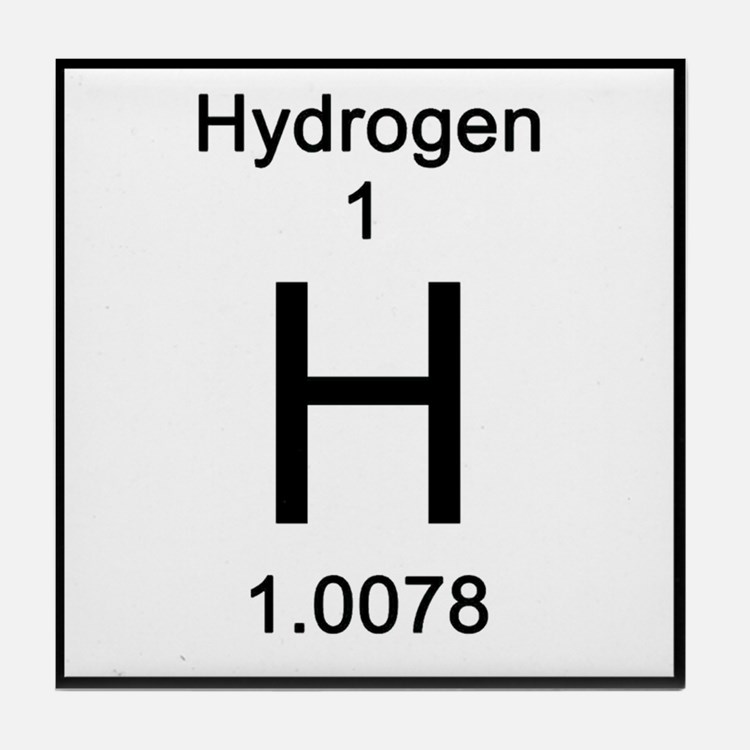Researchers say they have created metal hydrogen, but critics are skeptical
By Aphra Murray, Staff Writer
On January 26 2017, in the midst of an array of news about the presidency, Science featured an article that claimed scientists had finally achieved the goal of turning hydrogen into a metal. Researchers from Harvard University claim that under a pressure 4.9 million times that of atmospheric pressure, they observed a shiny quality to hydrogen: one of the defining features of a metal. This, they say, is evidence of their experiment’s success.
If correct, this could be a potential method for the development of a material capable of superconductivity: the ability to conduct electricity with no resistance. Ideally, this material could be used make faster digital circuits and more efficient electric motors, among other uses. A solution to the problem of superconductivity has been the result of a decade’s worth of research.
Despite the magnitude of this seemingly magnificent accomplishment, there are critics who dispute these published findings. Physicist Eugene Gregoryanz of the University of Edinburgh has specifically pointed out the review process which the Harvard researchers underwent. Given the evidence, he believes that the pressures achieved were not 4.9 million times atmospheric pressure. Gregoryanz also noted that the experiment has only been performed once and does not believe this to be in accordance with the reliability and reproducibility of results that is normally accepted by publishers.
This group is not the first to announce the results of its success in producing metallic hydrogen, as many groups have published and had their findings overturned in the past. Only time will tell whether these findings will also be overturned, but regardless, should encourage any other research groups to try and reproduce these results.

